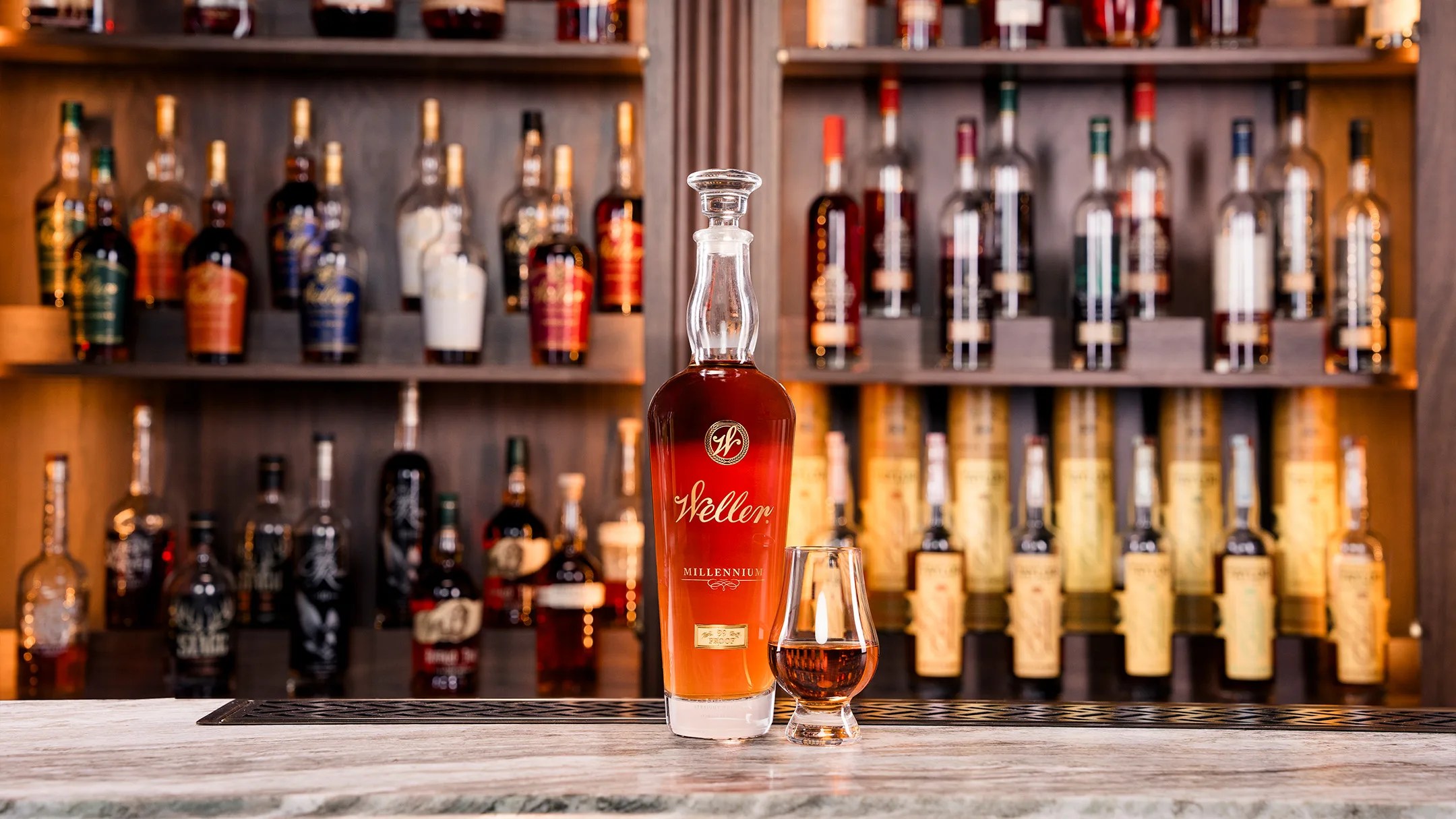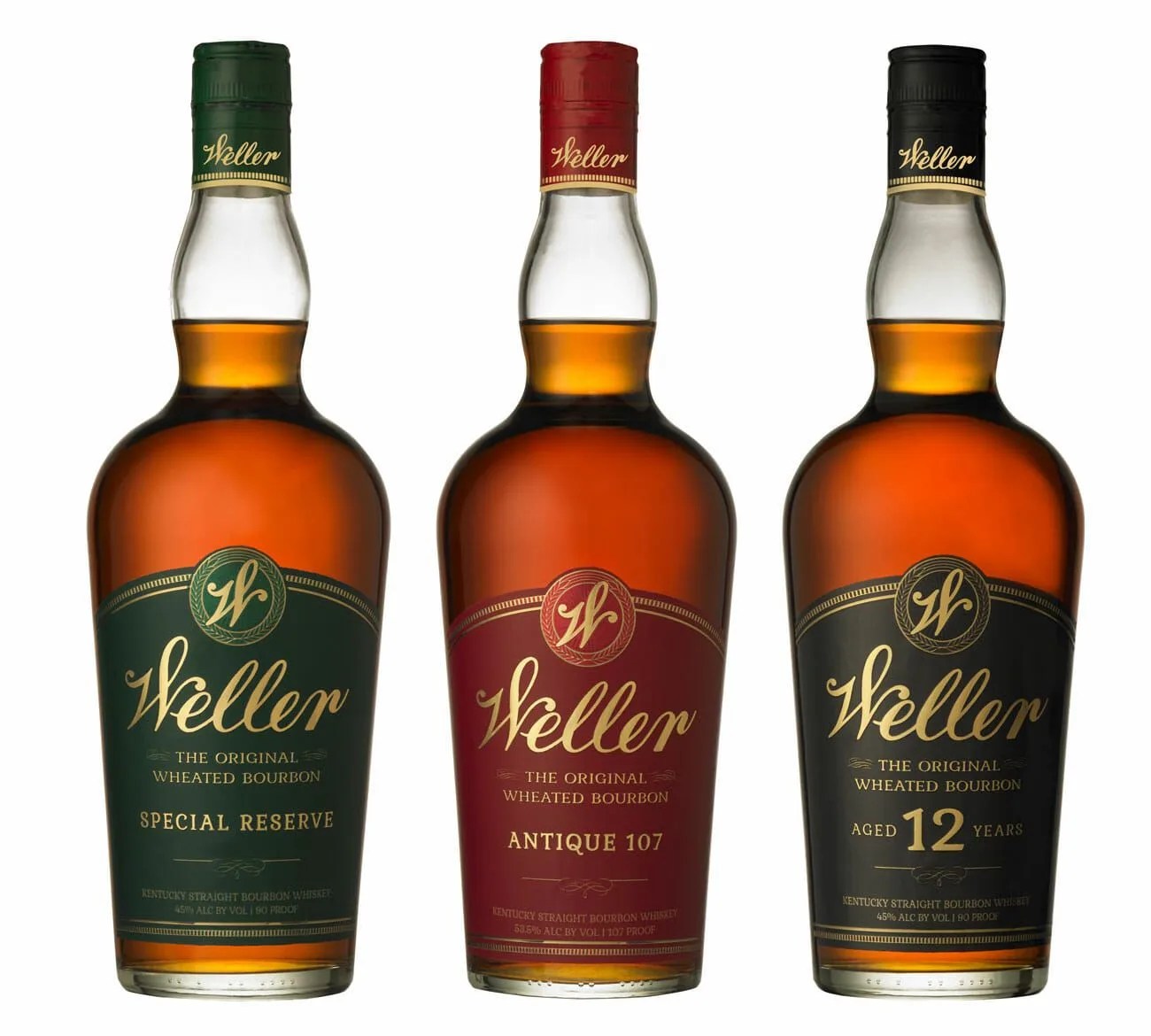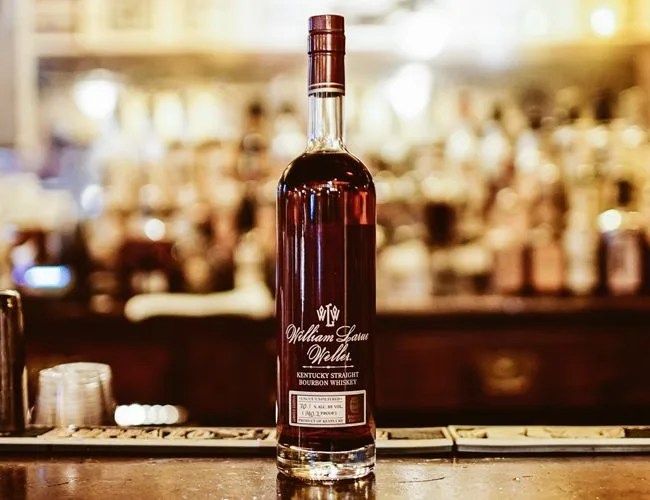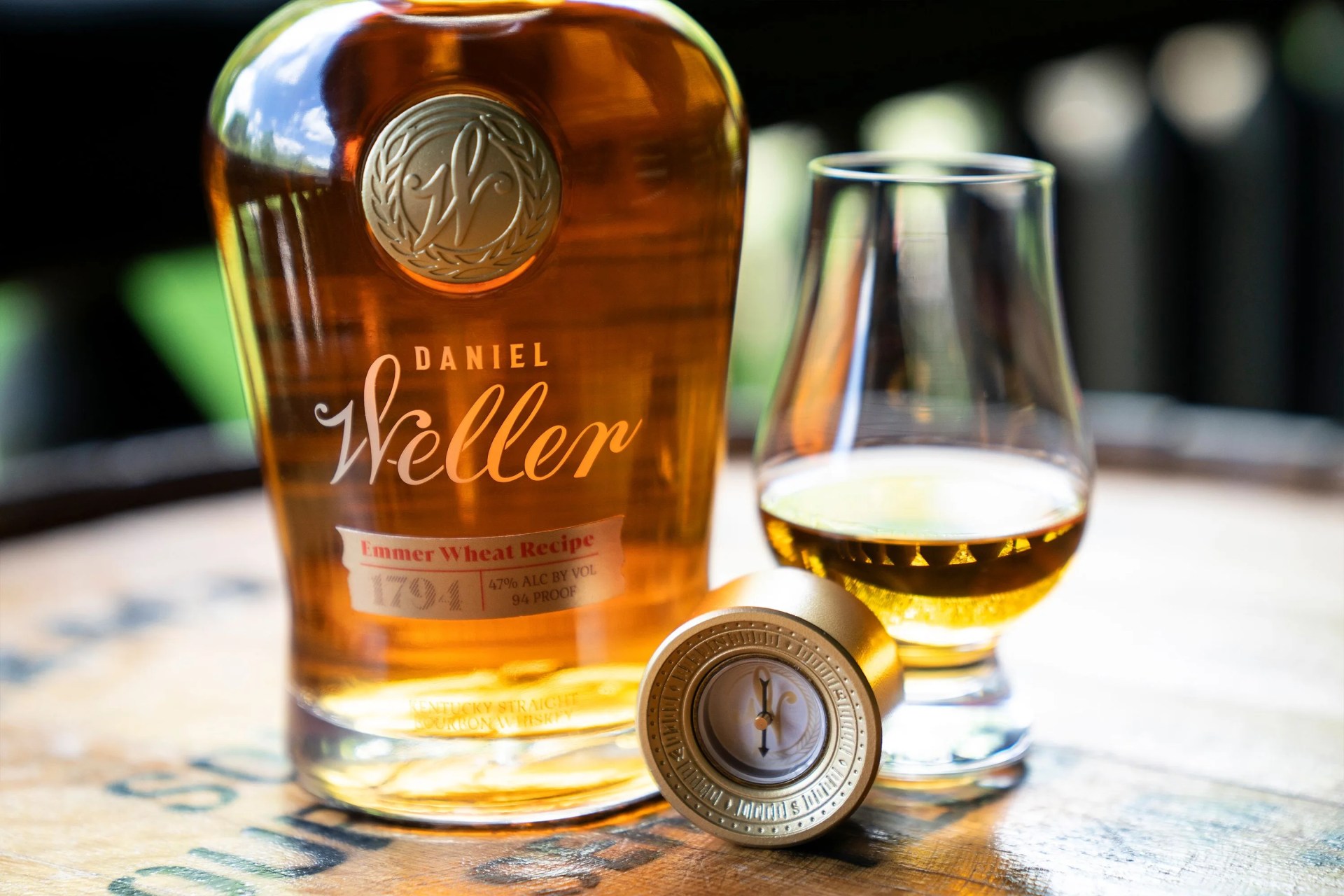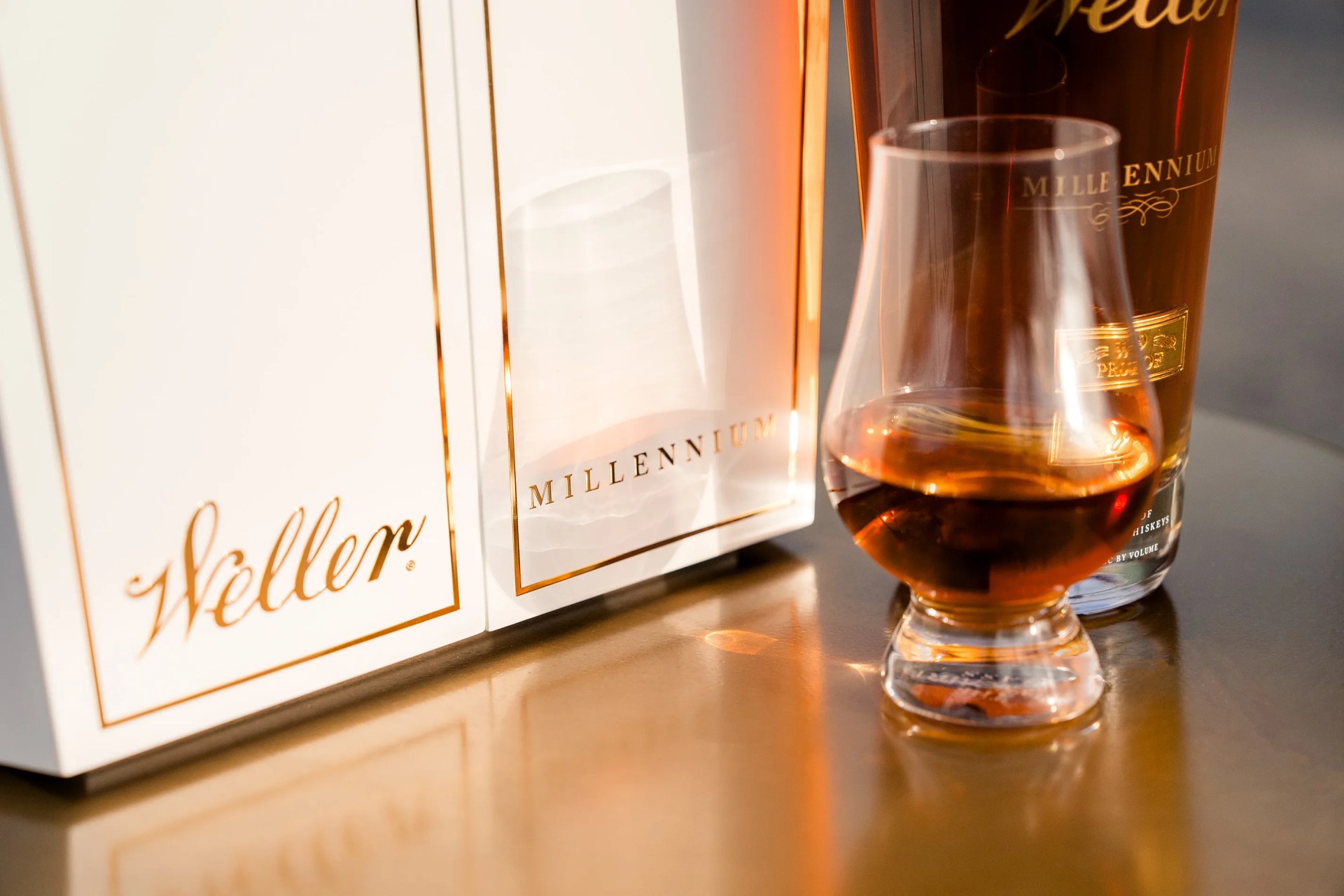If there’s any single brand that encapsulates the frenzied surge in popularity of bourbon over the last ten years not named Pappy Van Winkle, it’s Weller.
It’s always stood in my top three bourbon brands, partly because I enjoy wheated bourbons but also because of the label’s dogged commitment to consistency and value. From a pure vanity POV, Weller’s packaging design has likewise always been tastefully understated and cohesive. Few bottle series look better or more cohesive when grouped on a bar shelf than Weller’s core line.
Given this context, I was shocked to see the brand announce a new Weller Millennium offering this week. It’s an uber-exclusive bottling with a breathtaking MSRP of $7,500 that’ll ship in June. It’s also not a bourbon.
Instead, it features a blend of old straight wheated bourbons and wheat whiskeys initially distilled in 2000, 2003, 2005 and 2006. It’s packaged in a 750ml handcrafted crystal decanter with a custom-made hand-etched crystal topper that’s befitting of premium liquid inside and very much in line with Weller’s general design language.
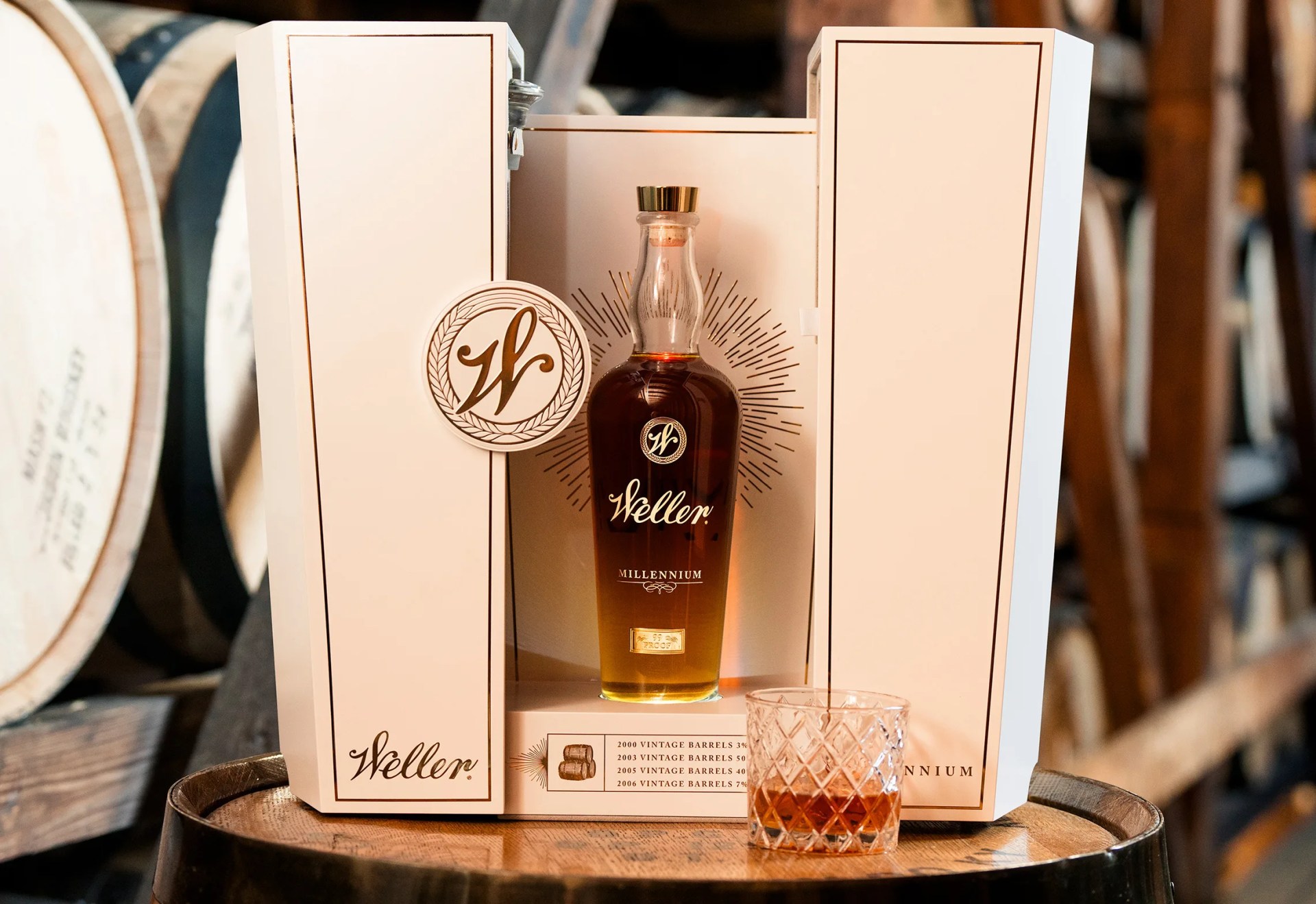
And yet, it also includes a massive white display case that would look far more at home in a department store perfume section than a whisky bar.
So how did Weller go from making beloved yet widely available bourbons to releasing one of the most expensive American whiskeys ever in less than 20 years? And what does it signal for the label moving forward?
